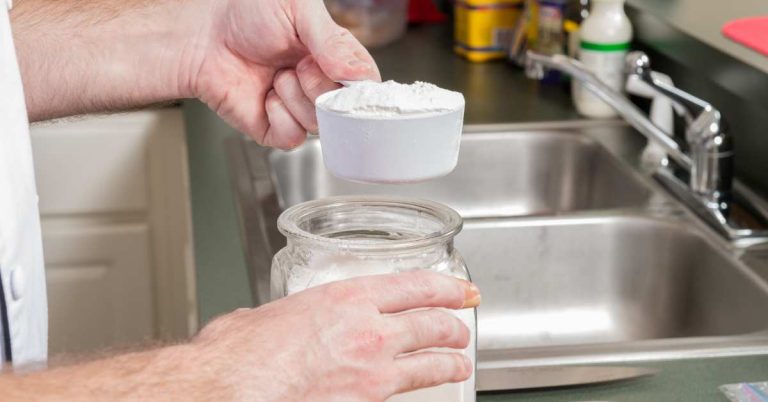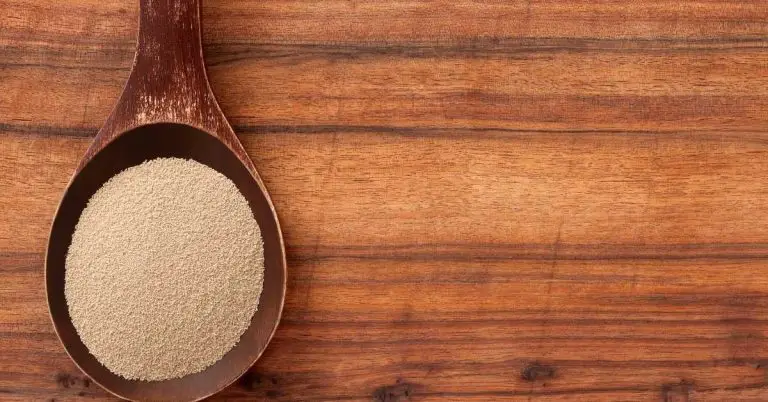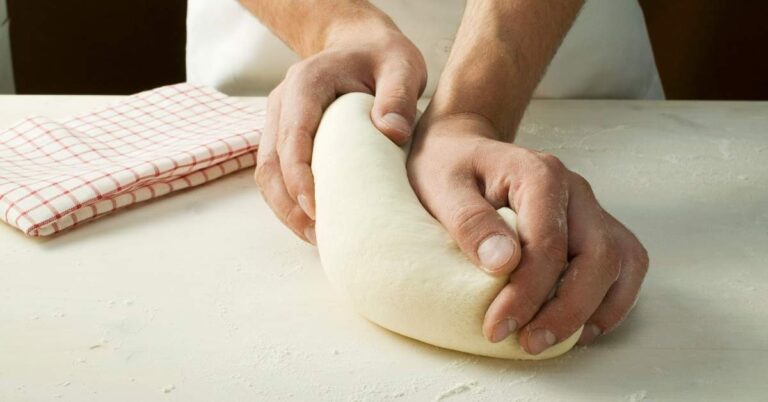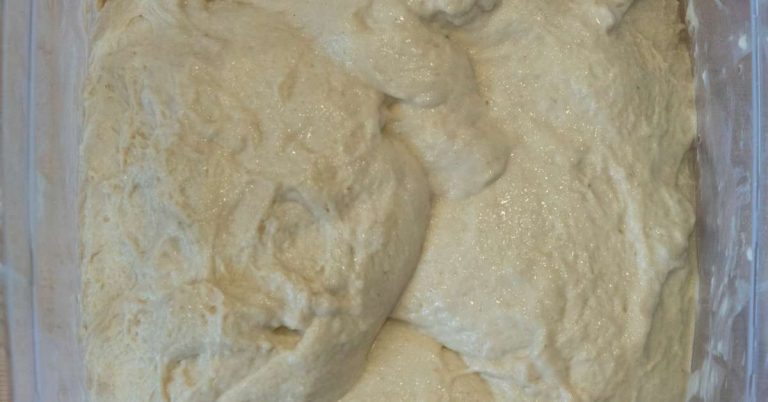What Hydration Levels Are Ideal for Poolish Pizza Dough?
Hydration levels in poolish pizza dough are crucial for determining the dough’s final texture. A higher hydration results in a looser dough that can create lighter, more open crumb structures. Adjusting the water-to-flour ratio allows bakers to manipulate the dough’s consistency, affecting how it handles and bakes into the desired crust.
Drinking enough water is super important for our health, right? Well, when it comes to making pizza, the amount of water in the dough is just as crucial. This might sound a bit strange, but the water, or hydration level, can really change how your pizza turns out. We’re going to dive into how different amounts of water in the dough can make your pizza crust either crispy, chewy, or somewhere in between.

Understanding Poolish Pizza Dough
First off, let’s talk about what poolish pizza dough is. Poolish is a way to start making your dough before you actually make your dough. It’s a bit like a mini dough that you let sit around to catch some wild yeast from the air. This method comes from Poland, which is how it got its name. Poolish makes your pizza dough taste better and gives it a nice texture. It’s not the only way to start dough, though. There are other methods like biga or using a sourdough starter, but each one does the job a bit differently.
The Role of Hydration in Pizza Dough
Now, let’s get into the nitty-gritty of hydration levels. In baking, when we talk about hydration, we’re talking about how much water is in the dough compared to the flour. This ratio is super important because it affects how the gluten (the protein in flour that makes dough stretchy) develops, how well the dough ferments (or rises), and what the texture of the pizza crust will be like. More water means a dough that can stretch more and might have bigger bubbles when it bakes.
Hydration Levels Explained
Low Hydration (50%-60%)
Let’s start with low hydration dough, which has less water. This kind of dough is stiffer and harder to stretch, but it can make a really crispy crust if that’s what you’re into. The challenge here is that it’s not as forgiving as dough with more water, so you have to be careful when you’re handling it.
Medium Hydration (61%-70%)
Then there’s medium hydration dough, which is a bit easier to handle than low hydration dough and still keeps some of that moisture inside. This is like the Goldilocks zone for a lot of pizza makers because it’s not too wet and not too dry. It’s just right for getting a crust that’s a nice mix of chewy and crispy.
| Hydration Ratio (%) | Dough Consistency | Typical Uses |
|---|---|---|
| 50-60% | Firm and Dry | Bagels, Pasta |
| 60-70% | Stiff but Pliable | French Bread, Sourdough |
| 70-80% | Tacky and Stretchy | Ciabatta, Focaccia |
| 80-90% | Very Sticky and Wet | High Hydration Artisan Breads |
High Hydration (71%-80%)
When we talk about high hydration levels in poolish pizza dough, we’re looking at a range between 71% and 80%. This amount of water makes the dough more extensible, which means it can stretch more easily without tearing. This is great for achieving a pizza crust that’s both airy and full of flavor. The high water content also aids in the development of a deeper flavor, as it allows for longer fermentation times.
However, handling high-hydration dough can be a bit tricky due to its stickiness. Bakers often use techniques like using wet hands or a dough scraper to manage the dough more effectively. It’s also helpful to let the dough rest properly, as this can make it easier to shape without sticking. These methods are essential for working with high-hydration dough and achieving the desired texture and flavor in the final pizza crust.
Finding Your Ideal Hydration Level for Poolish Pizza Dough
Choosing the right hydration level for your poolish pizza dough depends on several factors. The type of flour you’re using and its protein content play a significant role. High-protein flours can absorb more water, which might encourage you to lean towards higher hydration levels. The ambient temperature of your kitchen is another critical factor. Warmer environments can speed up fermentation, affecting how the dough handles and rises.
Another aspect to consider is the crust characteristics you’re aiming for. Do you prefer a crispy thin crust or a thicker, airier one? Your preference will influence the hydration level you choose. Experimentation is key here. Start by adjusting the water content in small increments and observe how it changes the dough’s texture and the pizza’s final outcome. This hands-on approach will help you find the perfect balance for your specific needs.
Final Thoughts
In conclusion, understanding the impact of hydration levels on poolish pizza dough is crucial for achieving your desired pizza quality. High hydration can lead to a more extensible dough, contributing to a flavorful and airy crust. However, it requires careful handling and adjustment based on factors like flour type, ambient temperature, and desired crust characteristics.
We encourage bakers to experiment within the suggested hydration ranges. Adjusting the variables and observing the results can help you discover the ideal hydration level for your poolish pizza dough. Whether you’re baking at home or in a professional setting, finding that sweet spot is key to creating a pizza crust that meets your preferences or the specific needs of your customers.






